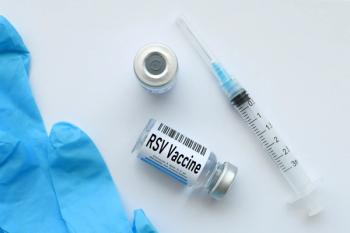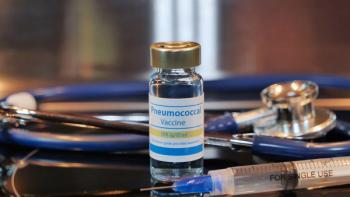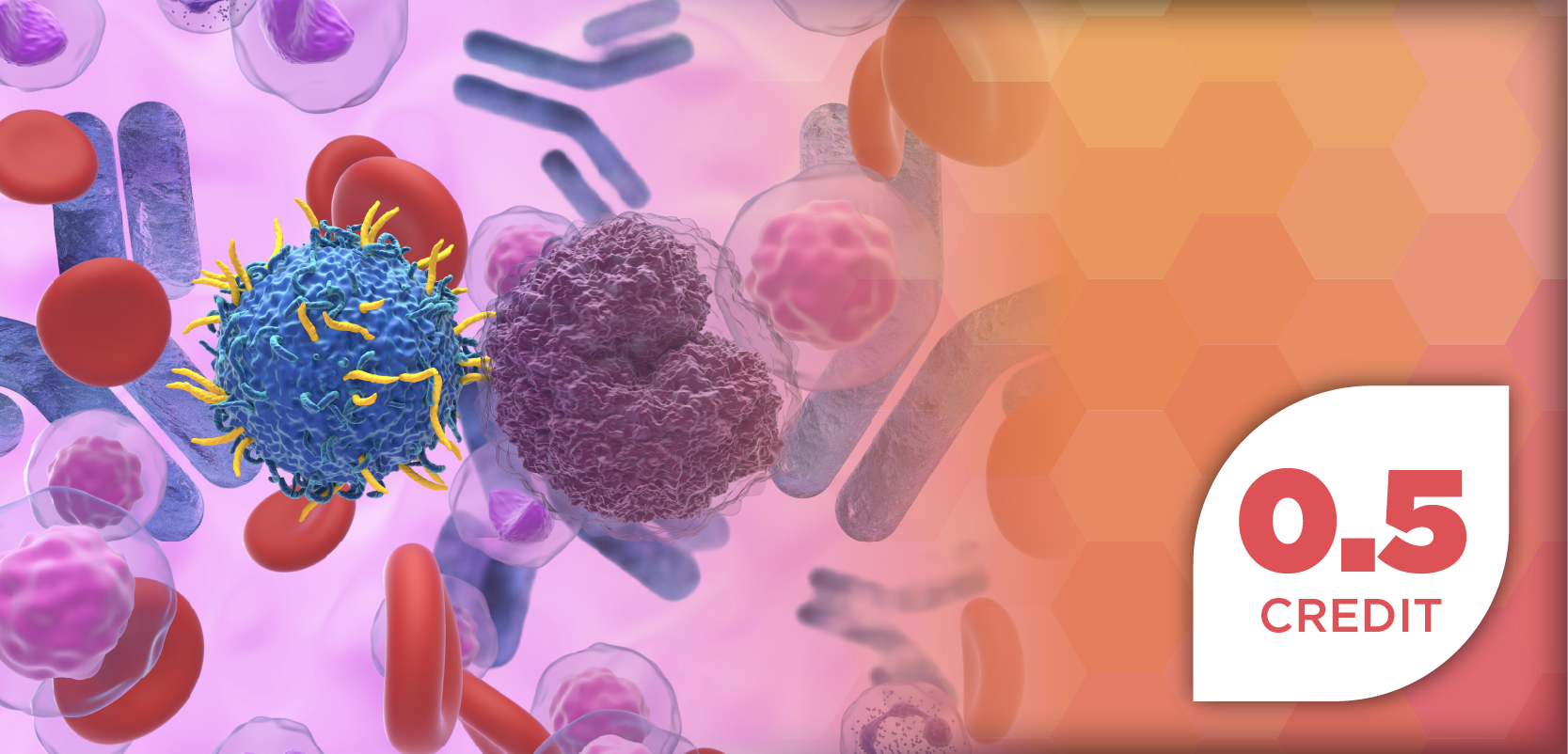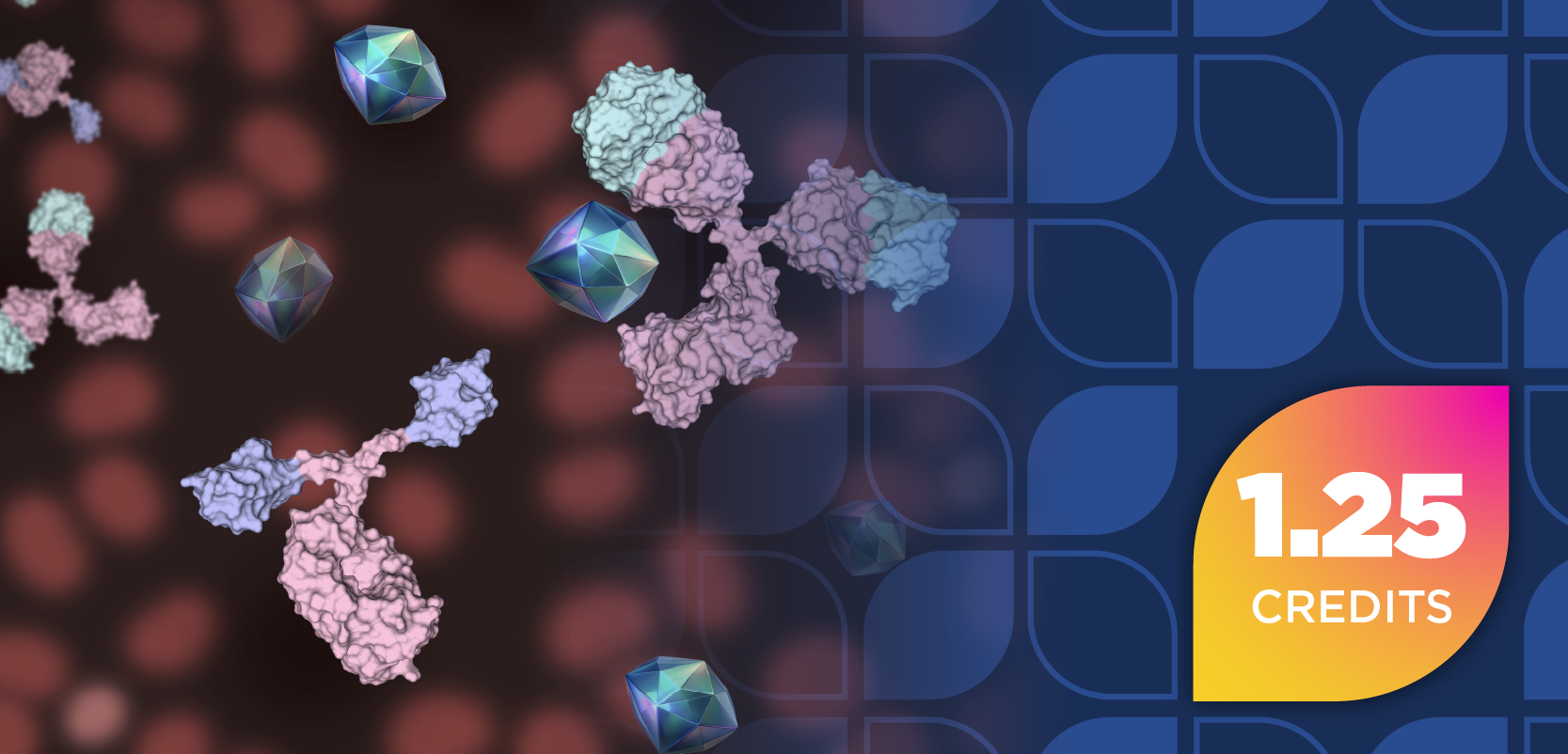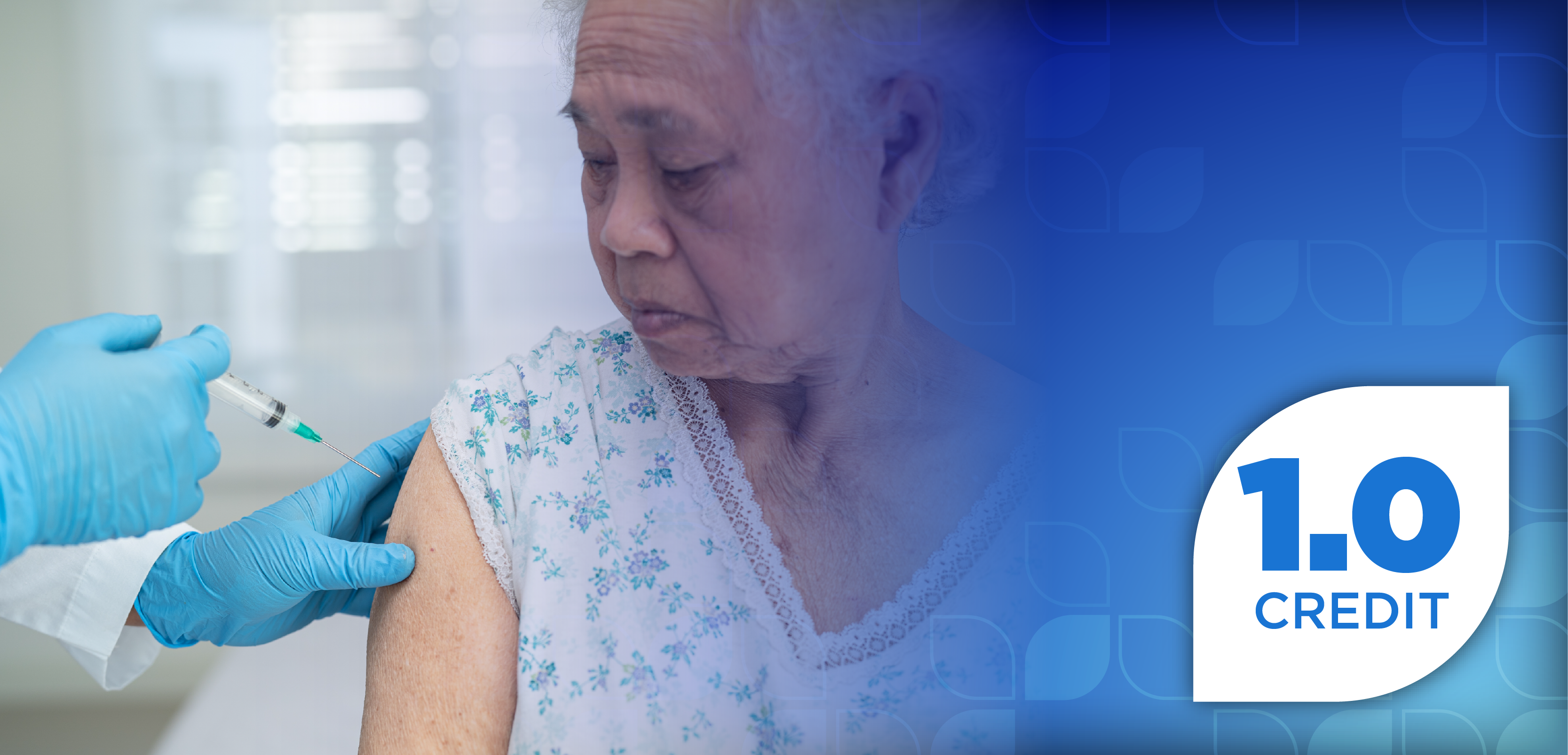Précis
Black women have higher rates of triple-negative breast cancer (TNBC) incidence and mortality than the general US population. Despite this, they are underrepresented in TNBC clinical trials.
Abstract
Background
Black individuals account for approximately 14% of the US population. Although Black women are less likely to be diagnosed with breast cancer, they are 40% more likely to die from breast cancer than their White counterparts. Despite lesser incidence of breast cancer overall, Black women are twice as likely to be diagnosed with triple-negative breast cancer (TNBC), highlighting the importance of their inclusion in TNBC clinical trials.
Objective
We aimed to assess the representation of Black women in TNBC clinical trials.
Study Design
This was a retrospective analysis of patient demographics in TNBC clinical trials.
Methods
The Oncology (Cancer)/Hematologic Malignancies Approval Notifi cations search page within the FDA’s website was used to identify newly approved TNBC therapies over a 5-year period from January 1, 2019, through December 31, 2023. The clinical trials leading to FDA approval were reviewed, and the racial demographics were extracted from each publication. Seven studies were included for analysis. Black representation was individually calculated as a percentage in each of the trials. To identify representation across studies, a median percentage and IQR were calculated.
Results
Black individuals represented an average of 5.4% (321/5953) and a median of 6.5% (IQR, 4.0%-8.3%) of all women enrolled in 7 TNBC breast cancer clinical trials over a 5-year period.
Conclusion
Despite having a greater incidence of TNBC, Black women represented just over 5% of patients enrolled in recent clinical trials leading to FDA approval for the treatment of TNBC. Current representation is nearly 3-fold less than a conservative target of 14% (2022 American Community Survey) to match the US census population. These fi ndings highlight the imperative need for strategies to achieve proportionate clinical trial enrollment for Black women with TNBC.
Background
Despite signifi cant advancements in oncology, cancer remains a pressing public health concern in the United States, ranking as the second leading cause of death after heart disease.1 Notably, certain populations within the US, such as Black individuals, continue to bear a disproportionate burden of cancer. From 2000 to 2022, the Black population in the US grew substantially, from 36.2 million to 47.9 million individuals, representing 14.4% of the US population.2,3 More than half (24.8 million) of Black Americans are women.2 Triple-negative breast cancer (TNBC) is a subtype of breast cancer that is defined by a lack of expression in estrogen receptors, progesterone receptors, and HER2 receptors. It has a poorer prognosis, shorter time to relapse, and lower overall survival than other breast cancer subtypes because of its clinical features such as a high potential for invasion of surrounding tissues and a high rate of metastatic disease development.4 Although Black women have a lower rate of all breast cancer types compared with White women, Black women are 40% more likely to die from breast cancer.5 This disparity is partially driven by the disproportionate rate of TNBC in Black women. The rate of diagnosis in Black women is nearly 2-fold higher than other groups, with 24.5 out of 100,000 Black women being diagnosed vs 13.3 out of 100,000 White women and 14.5 out of 100,000 women of all races/ethnicities.6
Another driver of survival outcomes among Black women is lower rates of diagnosis at an early stage. Non-Hispanic Black women are more likely to be diagnosed with advanced stage 3 than stage 1 or 2 breast cancer when rates are adjusted for age; breast cancer subtype; Surveillance, Epidemiology, and End Results registry; and year of diagnosis (OR, 1.46; 95% CI, 1.40-1.53).7 When adjusted for confounders of socioeconomic status and health insurance status, the OR is almost halved (OR, 1.29; 95% CI, 1.23-1.35), emphasizing the importance of quality health care and access. Further, although rates of screening mammography are generally similar among Black and White women, Black women are 40% less likely to have appropriate imaging follow-up within 15 days of abnormal results.8
Although racial disparities in breast cancer survival and biology have been recognized for well over a decade, these disparities remain.9 Clinical trials are essential tools to characterize the utility of new anticancer therapies. Unfortunately, Black individuals are frequently underrepresented in clinical trials.5 For example, results of a survey from one pharmaceutical company revealed that only 16% of the company’s cancer clinical trials achieved representation of Black participants at or above the US census level.10
As opposed to the common rhetoric that the historical untrustworthiness of the US health care system has affected clinical trial enrollment, interviews with Black patients with breast and ovarian cancers elucidated that access to quality health care and tertiary medical centers are the main contributing structural factors.11 Moreover, there are clinician, patient, trial, and institutional barriers that further impede racial and ethnic diversity in clinical trials.12
Prompted by these known disparities in clinical trial enrollment, the FDA released drafted guidance documents for the industry emphasizing the need to increase representation in clinical trials for racially/ethnically underrepresented groups by outlining strategies to expand eligibility and increase enrollment.13* Plan recommendations include outlining the epidemiology of the disease state, known outcome disparities, and goals for enrollment based on disease epidemiology and/or previously established relevant data. Further, the document outlines the potential that greater-than-proportional enrollment may be necessary in some cases to detect significant differences in certain populations. Although these recommendations are presently in draft form, they are in alignment with the American Association of Cancer Research (AACR) recommendations from the AACR Cancer Disparities Progress Report 2024.5
Given the greater incidence of TNBC in Black women, enrollment in clinical trials should aim to match that of the US census level. The broad underrepresentation of Black individuals in clinical trials across cancer types is a cause for concern that this target is not being met in TNBC. Our study aims to characterize the representation of Black women in recent TNBC cancer clinical trials leading to FDA approval.
13*Since the initial draft and review of this publication, the aforementioned draft guidance has been removed from the FDA website under an executive order.
Methods
Recent drug approvals using the keywords breast cancer were identified using the Oncology/Hematologic Malignancies Approval Notifications search page on the FDA’s website.14 Specifically, any breast cancer therapies approved between 2019 and 2023 not specific to HER2-positive or hormone receptor–positive disease were included for analysis. One trial was excluded from the analysis due to missing racial demographic information.15
The clinical trial that led to the approval of each therapy was abstracted from the ClinicalTrials.gov database, and the clinical trial publication was located in the PubMed database. All of the included trials were the registration trials used for FDA review. The data collected for each included the trial name, national clinical trial number, therapy approved, approval date, indication, mechanism of action, countries represented, demographic information, total trial enrollment, and total number of Black participants. Given that there were only 7 data points, the data were assumed to be not normally distributed, and a median percentage and IQR were calculated.
Results
The median percentage of Black women enrolled in TNBC breast cancer clinical trials over the past 5 years was 6.5%, with an IQR from 4.0% to 8.3%. No studies leading to approval in the TNBC population over the past 5 years came within 20% of the population-matched target of 14.4% (Table16-22, Figure3,16-22). Although initially there appeared to be a positive trend with the first 4 trials, the last 3 trials leading to FDA approval had a signifi cant drop in representation, with Black participants representing less than 5% of the total study population (Figure). Of note, greater disparities in clinical trial enrollment among minority racial groups were previously observed during the COVID-19 pandemic period.23
Discussion
Despite significant strides in oncology, cancer remains a formidable public health challenge in the United States, particularly among racially and ethnically minority populations such as Black individuals. Black women face a disproportionately higher risk of TNBC diagnosis and mortality compared with other racial groups, reflecting broader health care inequities. The underrepresentation of Black individuals in clinical trials hinders efforts to identify effective therapies for diverse populations. As the Black population continues to rise in the US (Figure) and outcome disparities persist, our findings emphasize the need for prioritization of equitable enrollment in TNBC clinical trials for people of diverse backgrounds. As suggested in FDA guidance, it would be of great interest to tar get recruitment of Black individuals to TNBC clinical trials higher than the US census level, given the considerably higher incidence and mortality rates.5,13
Given our study strategy, our data are biased toward drug therapies that received FDA approval. It is possible that TNBC investigative agents that did not obtain FDA approval had greater Black representation in their clinical trials. It is also plausible that more aggressive underlying biology, propagated by environmental exposures and stress, in Black individuals results in TNBC that is more difficult to manage.24 If true, this would lead to a publication bias toward trials with lower Black representation.
The relatively small number of trials included enrolled patients from up to 5 continents, not including Africa, and the US proportion of enrollment accounted for less than 20% of the trial population, when reported, except for just 1 study (IMMU-132-01; NCT01631552) that was conducted only in the US (Table).16-22 The lower proportions of Black individuals in countries outside the US likely had a large influence on their underrepresentation in the clinical trials highlighted herein. The greatest Black representation was noted in the ASCENT (NCT02574455) and KEYNOTE trials (NCT02819518, NCT03036488) (10.6% and 9.2%, respectively), although there did not appear to be any major design or geographical distinctions among these trials vs the others included in the analysis.20,21
One of the 7 included trials investigated olaparib (Lynparza; AstraZeneca) in patients with BRCA-mutant disease.17 Historically, BRCA mutations are most prevalent in Ashkenazi Jewish women, with mutation rates approximately 50% in those genetically screened compared with 20% in Black women and 33% in White women.25 The enrollment proportions did not reflect that of those affected, with 25 White individuals enrolled for each 1 Black individual.6
Our findings are consistent with previously published literature highlighting the underrepresentation of Black and Latinx individuals in cancer clinical trials.23 A recent cohort study of a nationwide electronic health record database across 280 cancer clinics from 2017 to 2022 reported that Black individuals were less likely than White counterparts to participate in all clinical trials (4.4% vs 7.2%, respectively; HR, 0.57; 95% CI, 0.51-0.65) and metastatic breast cancer clinical trials (5.0% vs 6.8%; HR, 0.67; 95% CI, 0.52-0.87). Similar to our findings, as demonstrated by the only trial that completed enrollment during the COVID-19 pandemic, DESTINY-Breast04 (NCT03734029), clinical trial representation disparities worsened during and after the COVID-19 pandemic. Inadequate clinical trial diversity may exacerbate health outcome disparities because of decreased access to novel treatment options; it also may limit generalizability to diverse populations.
There are many recommended strategies to improve clinical representation in diverse patient populations. Multiple interventions targeted toward increased enrollment and retention are the most likely to have the greatest efficacy.26 Some examples include incorporating previously discussed FDA guidance, expansion of inclusion criteria, automated screening procedures using artificial intelligence technology, targeting of clinical trial sites serving greater proportions of racially/ethnically diverse individuals, education of clinical staff on cultural humility and implicit bias, and identification of community engagement and patient navigation resources and personnel at each trial site.5,12,26
About the Authors
Britny Brown, PharmD, BCOP, is a clinical associate professor at the University of Rhode Island College of Pharmacy in Kingston and a clinical oncology pharmacist at Yale New Haven Health Smilow Cancer Center-Westerly.
Madison Savidge, PharmD, MBA, is a PGY-1 pharmacy resident at the University of Maryland Medical Center in Baltimore, Maryland.
Olivia Arukwe, PharmD, is a PGY-1 managed care pharmacy resident at CVS Caremark in Dallas-Fort Worth, Texas.
Pharmacists are encouraged to amplify these findings with patients and health care colleagues. On an individual level, pharmacists may seek training to improve cultural humility and mitigate bias. Additionally, many oncology pharmacists have transitioned into industry-related fields over the past several years.27 These professionals are well positioned and strongly encouraged to advocate for increased trial enrollment targets for Black individuals and other minority populations, especially those with known health disparities in the area of study.
Conclusion
Our study demonstrates clear underrepresentation of Black women in recent TNBC clinical trials, despite their nearly 2-fold increased likelihood of a TNBC diagnosis in the United States. The historical context of factors contributing to difficulty in equitable clinical trial enrollment has been well described. Our study provides a baseline data point for Black women’s representation in TNBC trials.
REFERENCES
1. Cancer Facts & Figures 2024. American Cancer Society. 2024. Accessed April 16, 2024. https://www.cancer.org/content/dam/cancer-org/research/cancer-facts-and-statistics/annual-cancer-facts-and-fi gures/2024/2024-cancer-facts-and-figures-acs.pdf
2. Moslimani M, Tamir C, Budiman A, Noe-Bustamante L, Mora L. Facts about the U.S. Black population. Pew Research Center. January 18, 2024. Accessed August 29, 2024. https://www.pewresearch.org/social-trends/factsheet/facts-about-the-us-black-population/
3. United States Census Bureau. 2024. Accessed November 3, 2024. https://data.census.gov/table/ACSDT1Y2023. B02009?q=Black%20or%20African%20American
4. Yin L, Duan JJ, Bian XW, Yu SC. Triple-negative breast cancer molecular subtyping and treatment progress. Breast Cancer Res. 2020;22(1):61. doi:10.1186/s13058-020-01296-5
5. AACR Cancer Disparities Progress Report 2024. American Association for Cancer Research; 2024. Accessed September 20, 2024. https://cancerprogressreport.aacr.org/wp-content/uploads/sites/2/2024/05/AACR_CDPR__2024.pdf
6. SEER*Explorer: an interactive website for SEER cancer statistics. National Cancer Institute. Updated November 16, 2023. Accessed November 21, 2024. https://seer.cancer.gov/statistics-network/explorer
7. Ko NY, Hong S, Winn RA, Calip GS. Association of insurance status and racial disparities with the detection of early-stage breast cancer. JAMA Oncol. 2020;6(3):385-392. doi:10.1001/jamaoncol.2019.5672
8. Manik R, Grady CB, Ginzberg SP, et al. Racial disparities and strategies for improving equity in diagnostic follow-up for abnormal screening mammograms. JCO Oncol Pract. 2024;20(10):1367-1375. doi:10.1200/OP.23.00782
9. Dunn BK, Agurs-Collins T, Browne D, Lubet R, Johnson KA. Health disparities in breast cancer: biology meets socioeconomic status. Breast Cancer Res Treat. 2010;121(2):281-292. doi:10.1007/s10549-010-0827-x
10. Rottas M, Thadeio P, Simons R, et al. Demographic diversity of participants in Pfi zer sponsored clinical trials in the United States. Contemp Clin Trials. 2021;106:106421. doi:10.1016/j.cct.2021.106421
11. Riggan KA, Rousseau A, Halyard M, et al. “There’s not enough studies”: views of black breast and ovarian cancer patients on research participation. Cancer Med. 2023;12(7):8767-8776. doi:10.1002/cam4.5622
12. Oyer RA, Hurley P, Boehmer L, et al. Increasing racial and ethnic diversity in cancer clinical trials: an American Society of Clinical Oncology and Association of Community Cancer Centers joint research statement. J Clin Oncol. 2022;40(19):2163-2171. doi:10.1200/JCO.22.00754
13. Diversity Plans to Improve Enrollment of Participants from Underrepresented Racial and Ethnic Populations in Clinical Trials Guidance for Industry (draft guidance). FDA. April 2022. Accessed April 16, 2024. https://web.archive.org/web/20250103203527/https://www.fda.gov/media/157635/download
14. Oncology (cancer) / hematologic malignancies approval notifications. FDA. 2024. https://www.fda.gov/drugs/resources-information-approved-drugs/oncology-cancer-hematologic-malignancies-approval-notifi cations
15. Litton JK, Rugo HS, Ettl J, et al. Talazoparib in patients with advanced breast cancer and a germline BRCA mutation. N Engl J Med. 2018;379(8):753-763. doi:10.1056/NEJMoa1802905
16. Bardia A, Mayer IA, Vahdat LT, et al. Sacituzumab govitecan-hziy in refractory metastatic triple-negative breast cancer. N Engl J Med. 2019;380(8):741-751. doi:10.1056/NEJMoa1814213
17. Tutt ANJ, Garber JE, Kaufman B, et al; OlympiA Clinical Trial Steering Committee and Investigators. Adjuvant olaparib for patients with BRCA1- or BRCA2-mutated breast cancer. N Engl J Med. 2021;384(25):2394-2405. doi:10.1056/NEJMoa2105215
18. Emens LA, Adams S, Barrios CH, et al. First-line atezolizumab plus nab-paclitaxel for unresectable, locally advanced, or metastatic triple-negative breast cancer: IMpassion130 fi nal overall survival analysis. Ann Oncol. 2021;32(8):983-993. doi:10.1016/j.annonc.2021.05.355
19. Schmid P, Cortes J, Pusztai L, et al; KEYNOTE-522 Investigators. Pembrolizumab for early triple-negative breast cancer. N Engl J Med. 2020;382(9):810-821. doi:10.1056/NEJMoa1910549
20. Cortes J, Cescon DW, Rugo HS, et al; KEYNOTE-355 Investigators. Pembrolizumab plus chemotherapy versus placebo plus chemotherapy for previously untreated locally recurrent inoperable or metastatic triple-negative breast cancer (KEYNOTE-355): a randomised, placebo-controlled, double-blind, phase 3 clinical trial. Lancet. 2020;396(10265):1817-1828. doi:10.1016/S0140-6736(20)32531-9
21. Bardia A, Hurvitz SA, Tolaney SM, et al; ASCENT Clinical Trial Investigators. Sacituzumab govitecan in metastatic triple-negative breast cancer. N Engl J Med. 2021 Apr 22;384(16):1529-1541. doi:10.1056/NEJMoa2028485
22. Modi S, Jacot W, Yamashita T, et al; DESTINY-Breast04 Trial Investigators. Trastuzumab deruxtecan in previously treated HER2-low advanced breast cancer. N Engl J Med. 2022;387(1):9-20. doi:10.1056/NEJMoa2203690
23. Pittell H, Calip GS, Pierre A, et al. Racial and ethnic inequities in US Oncology Clinical Trial participation from 2017 to 2022. JAMA Netw Open. 2023;6(7):e2322515. doi:10.1001/jamanetworkopen.2023.22515
24. Cho B, Han Y, Lian M, et al. Evaluation of racial/ethnic differences in treatment and mortality among women with triple-negative breast cancer. JAMA Oncol. 2021;7(7):1016-1023. doi:10.1001/jamaoncol.2021.1254
25. Greenup R, Buchanan A, Lorizio W, et al. Prevalence of BRCA mutations among women with triple-negative breast cancer (TNBC) in a genetic counseling cohort. Ann Surg Oncol. 2013;20(10):3254-3258. doi:10.1245/s10434-013-3205-1
26. Arring NM, Aduse-Poku L, Jiagge E, et al. A scoping review of strategies to increase Black enrollment and retention in cancer clinical trials. JCO Oncol Pract. 2022;18(9):614-632. doi:10.1200/OP.21.00863
27. Rao KV, Gulbis A, Mahmoudjafari Z. Assessment of attrition and retention factors in the oncology pharmacy workforce: results of the oncology pharmacy workforce survey. J Am Coll Clin Pharm. 2022;5(11):1112-1120. doi:10.1002/jac5.1693
Disclosures: Britny Brown, PharmD, BCOP, reports grant support from Lilly.


